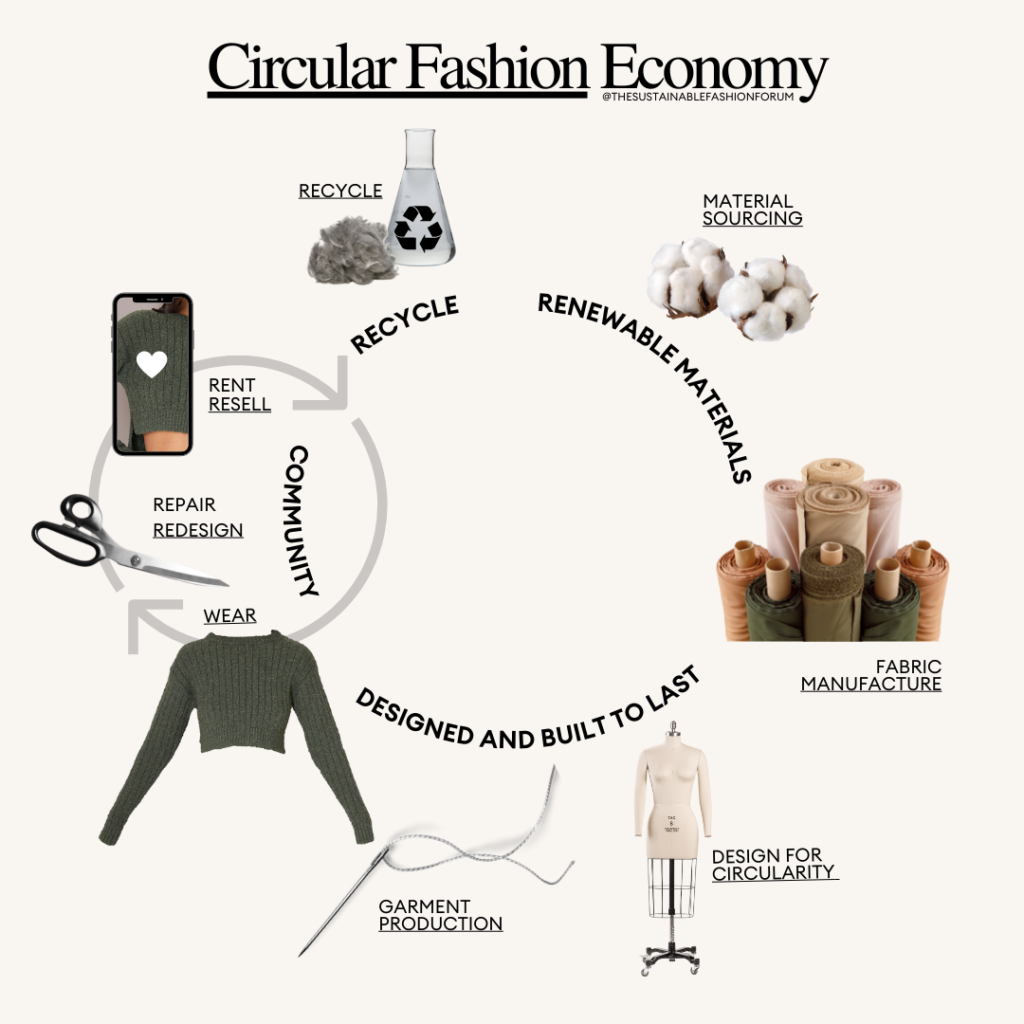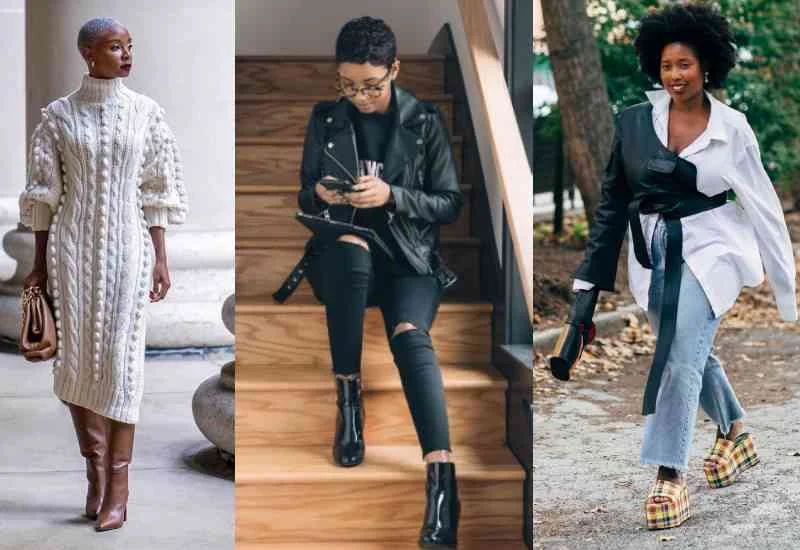The concept of the Circular Fashion Economy is revolutionizing the way we perceive fashion and its impact on the environment. Upcycling, a key component of this innovative approach, involves transforming discarded materials into new, valuable products. This practice not only reduces waste but also promotes sustainability by encouraging consumers and brands to rethink their relationship with clothing. As we delve deeper into the Circular Fashion Economy, we will uncover the significance of upcycling and its potential to reshape the fashion industry for a more sustainable future.
In the following sections, we will explore the various benefits of upcycling within the Circular Fashion Economy, including its positive effects on reducing textile waste and conserving resources. You will learn about inspiring examples of brands and individuals who are leading the charge in upcycling, showcasing how creativity can breathe new life into old garments. Additionally, we will discuss practical tips for incorporating upcycling into your own wardrobe, empowering you to make more sustainable fashion choices.
Join us on this journey to discover how upcycling plays a pivotal role in the Circular Fashion Economy and why it is essential for fostering a sustainable fashion landscape. By understanding these concepts, you will be better equipped to contribute to a more eco-friendly future while enjoying unique and stylish clothing options. Read on to find out how you can be part of this transformative movement!
In recent years, the concept of a circular fashion economy has gained significant traction as a sustainable alternative to the traditional linear fashion model. Upcycling, a key component of this approach, involves transforming waste materials or unwanted products into new, higher-quality items. This practice not only reduces waste but also promotes creativity and innovation within the fashion industry.
Understanding Upcycling in Fashion
Upcycling is the process of taking discarded materials and repurposing them into new products. In the fashion industry, this can involve anything from turning old garments into new clothing to creating accessories from leftover fabric scraps. The primary goal of upcycling is to extend the lifecycle of materials, thereby reducing the demand for new resources and minimizing environmental impact.
This practice contrasts sharply with traditional recycling, which often breaks down materials into their raw forms. Upcycling maintains the integrity of the original materials, allowing for unique and creative designs that reflect individual style. As consumers become more environmentally conscious, upcycled fashion is gaining popularity, offering a sustainable alternative that aligns with modern values.
The Environmental Impact of Fast Fashion
Fast fashion has been criticized for its detrimental effects on the environment, including excessive waste, pollution, and resource depletion. The linear model of production and consumption leads to a significant amount of textile waste, with millions of tons ending up in landfills each year. This waste not only contributes to environmental degradation but also exacerbates climate change through greenhouse gas emissions.
By embracing upcycling within a circular fashion economy, the industry can mitigate these negative impacts. Upcycling reduces the need for new materials, conserves resources, and minimizes waste. As a result, it plays a crucial role in promoting sustainable practices and fostering a more responsible approach to fashion consumption.
Economic Benefits of Upcycling
Upcycling not only benefits the environment but also offers economic advantages. By utilizing existing materials, brands can reduce production costs and create unique products that stand out in a saturated market. This differentiation can attract consumers who are willing to pay a premium for sustainable and ethically produced items.
Moreover, upcycling can stimulate local economies by encouraging small businesses and artisans to create and sell upcycled products. This shift towards local production fosters community engagement and supports sustainable livelihoods, contributing to a more resilient economy.
Consumer Awareness and Demand for Sustainable Fashion
As awareness of environmental issues grows, consumers are increasingly seeking sustainable fashion options. This shift in consumer behavior has led to a rise in demand for upcycled products, as shoppers look for ways to reduce their ecological footprint. Brands that prioritize sustainability and transparency in their practices are more likely to attract environmentally conscious consumers.
Social media and influencer marketing have also played a significant role in promoting upcycled fashion. By showcasing unique designs and the stories behind them, brands can engage consumers and inspire them to make more sustainable choices. This growing demand for sustainable fashion is driving innovation and encouraging more brands to adopt upcycling practices.
Challenges in Implementing Upcycling Practices
Despite its benefits, upcycling faces several challenges in the fashion industry. One major hurdle is the perception that upcycled products are of lower quality or less desirable than new items. Overcoming this stigma requires effective marketing and education to highlight the value and uniqueness of upcycled fashion.
Additionally, sourcing materials for upcycling can be inconsistent, making it difficult for brands to maintain a steady supply chain. Developing partnerships with local organizations and businesses can help address this issue by creating a network for sourcing materials and promoting collaboration within the community.
Innovative Upcycling Techniques in Fashion Design
Fashion designers are increasingly exploring innovative upcycling techniques to create unique and sustainable products. Techniques such as patchwork, fabric manipulation, and creative dyeing allow designers to transform discarded materials into fashionable items. These methods not only enhance the aesthetic appeal of upcycled products but also showcase the creativity and craftsmanship involved in the process.
Moreover, technology is playing a significant role in advancing upcycling practices. Digital tools and software can assist designers in visualizing and planning their upcycled creations, making the process more efficient and accessible. As technology continues to evolve, it will likely open new avenues for upcycling in the fashion industry.
Case Studies of Successful Upcycling Brands
Several brands have successfully integrated upcycling into their business




